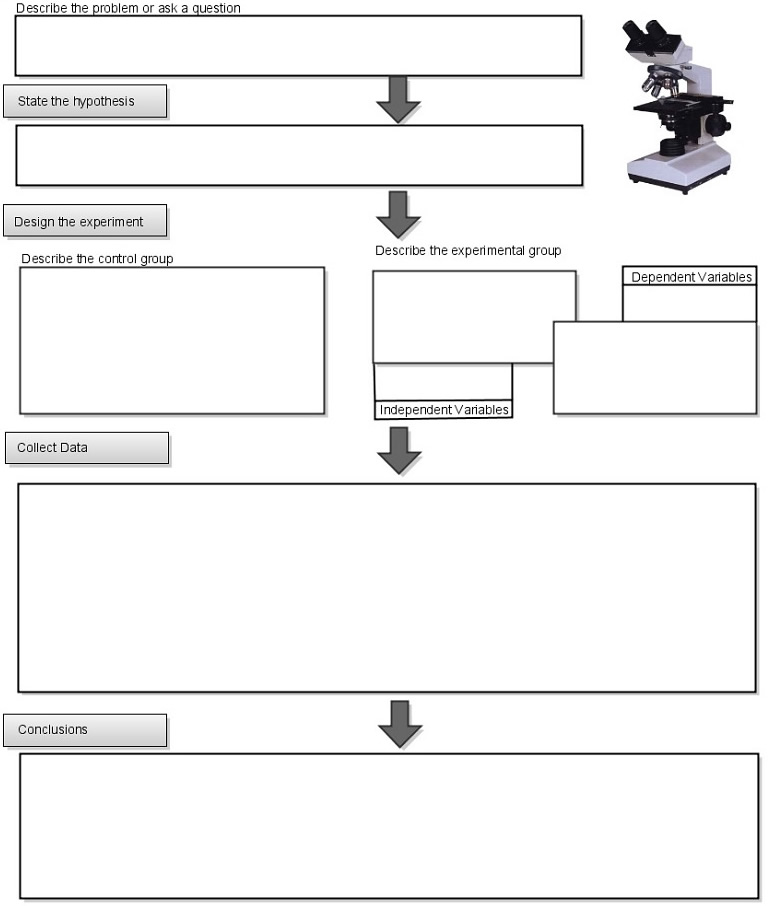Scientific Method Steps and Flow Chart
-
Observation: This is the initial step where you notice something interesting or unusual in the natural world.
-
Question: After making an observation, you form a question about what you observed. This question should be specific and testable.
-
Hypothesis: Based on your observation and question, you propose a tentative explanation called a hypothesis. This hypothesis should be a statement that can be tested through experimentation.
-
Prediction: Once you have a hypothesis, you make predictions about what you expect to happen if the hypothesis is true. These predictions should be based on logical reasoning and can be used to design experiments.
-
Experimentation: This step involves designing and conducting experiments to test your hypothesis and predictions. Experiments should be carefully controlled to ensure that only one variable is changed at a time (the independent variable), while all other variables are kept constant.
-
Data Collection: During the experiment, you collect data by making observations and measurements. This data should be recorded systematically and accurately.
-
Analysis: After collecting data, you analyze it to determine whether it supports or refutes your hypothesis. This may involve statistical analysis or other methods of data interpretation.
-
Conclusion: Based on the analysis of your data, you draw conclusions about whether your hypothesis was supported or not. If your hypothesis was supported, you may propose additional experiments to further validate your findings. If your hypothesis was not supported, you may revise it and repeat the process.
-
Communication: Finally, you communicate your findings to others through scientific journals, presentations, or other means. This allows other scientists to review and replicate your experiments, further contributing to the scientific knowledge base.

Related Resources
Investigation: What Are the Processes of Science – students design an experiment about lung capacity; requires spirometers, AP Biology
Sponge Capsules – quick lab using capsules and water (toys) to collect data on how fast the “animals” grow
Investigation – Heat Storage and Loss – Use a jar and different types of insulation to explore how heat is lost and which materials are better insulators (Key, TpT)
Investigation: What Factors Affect Seed Germination – simple experiment where students use beans and different variables (water, light, temperature)